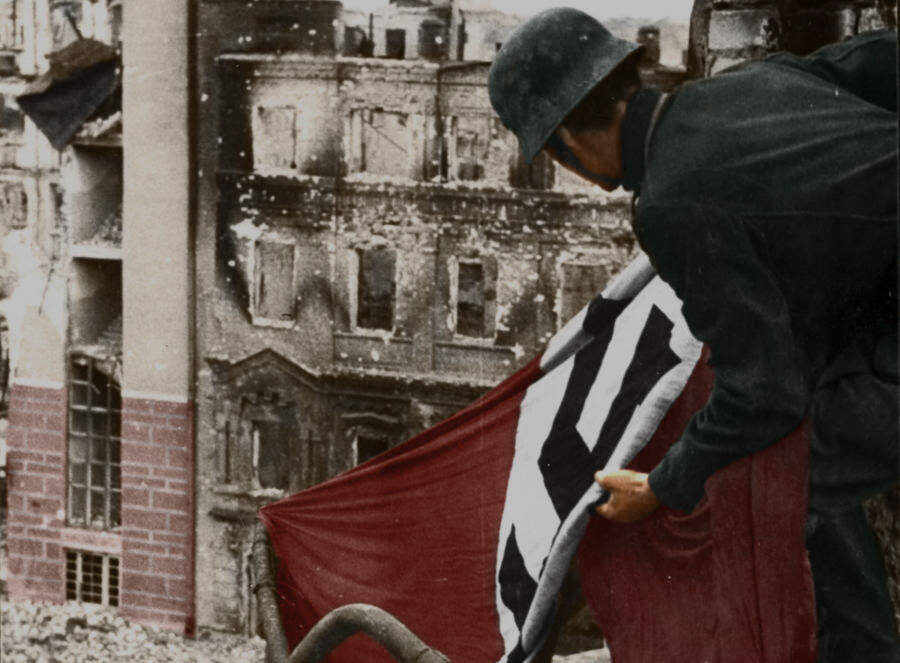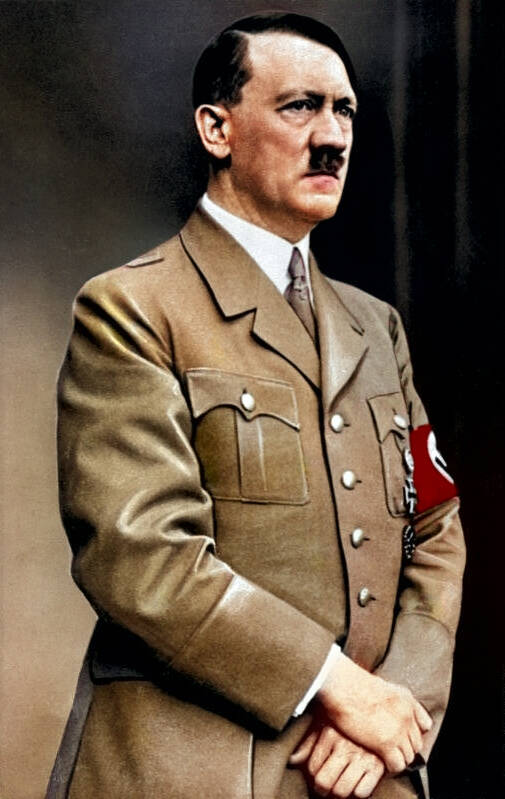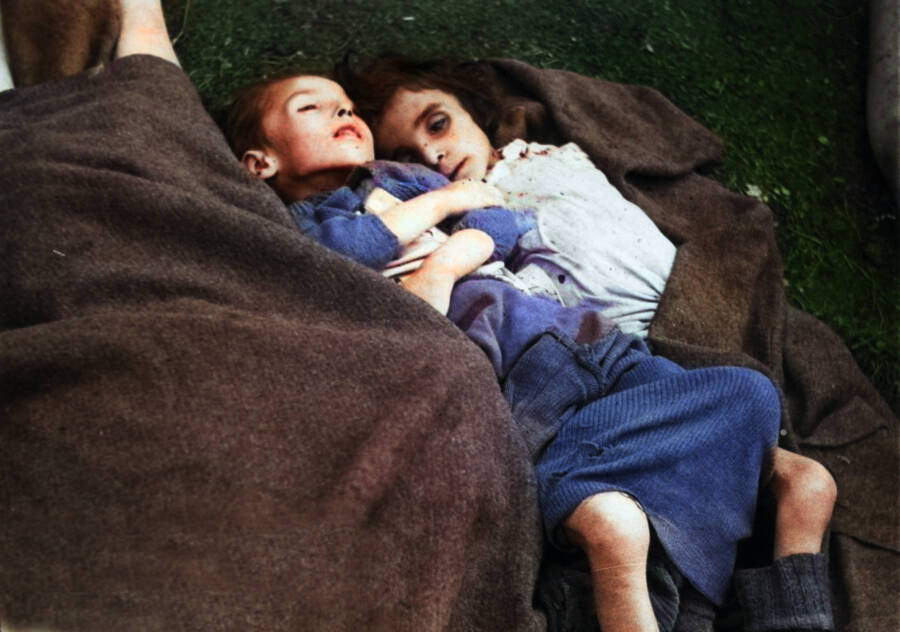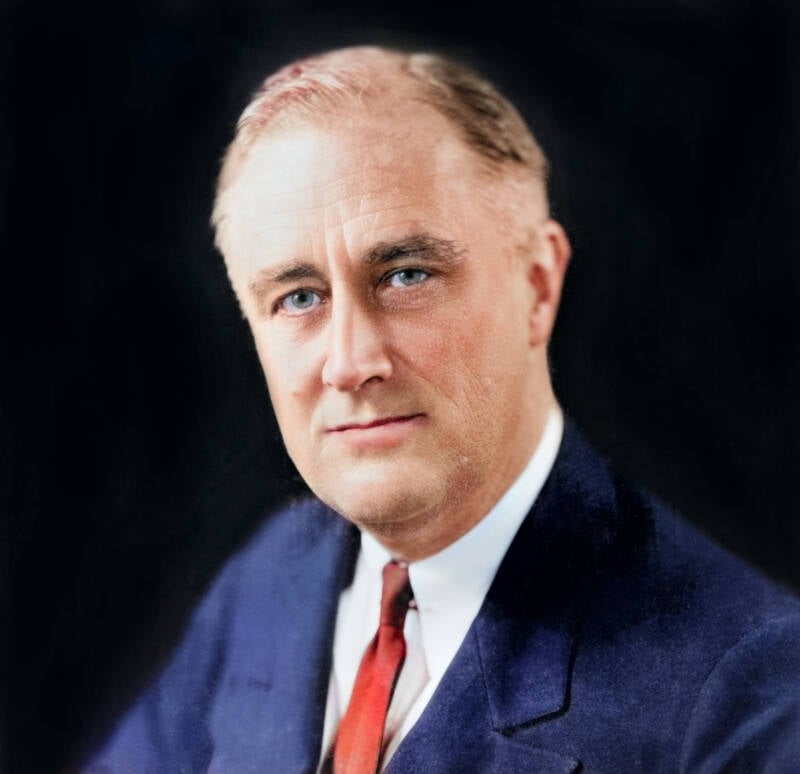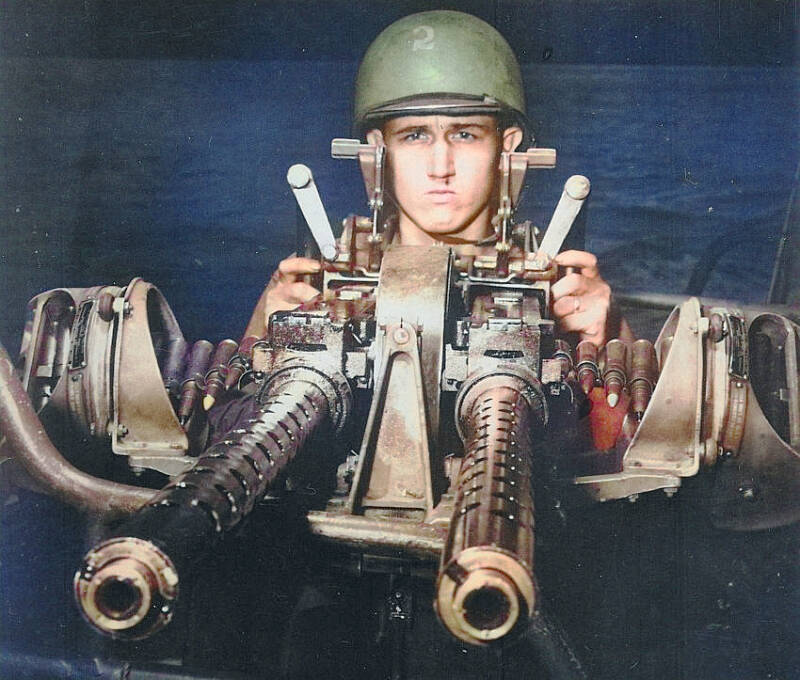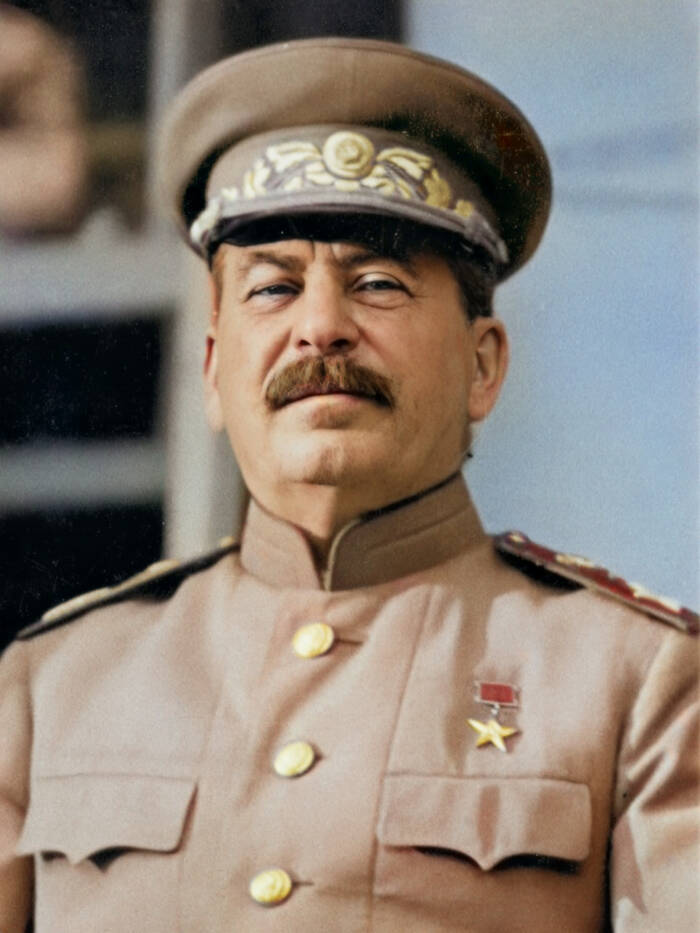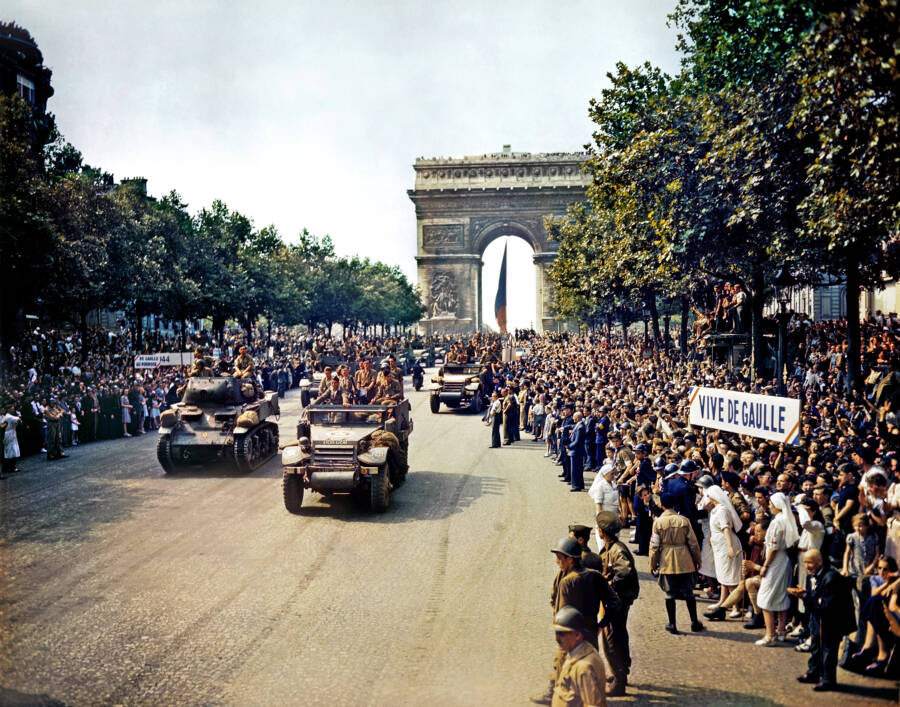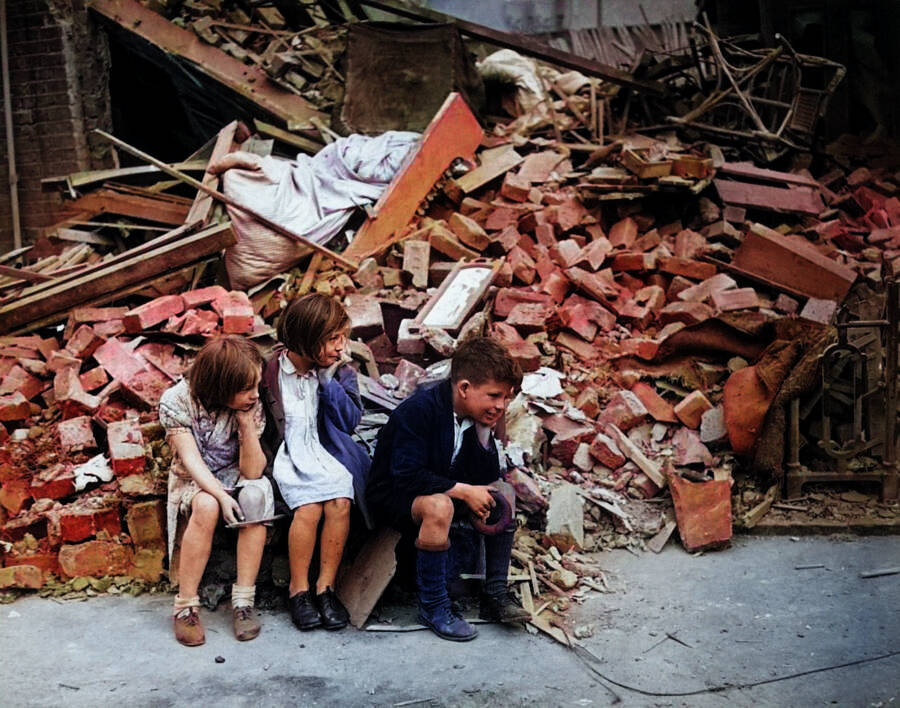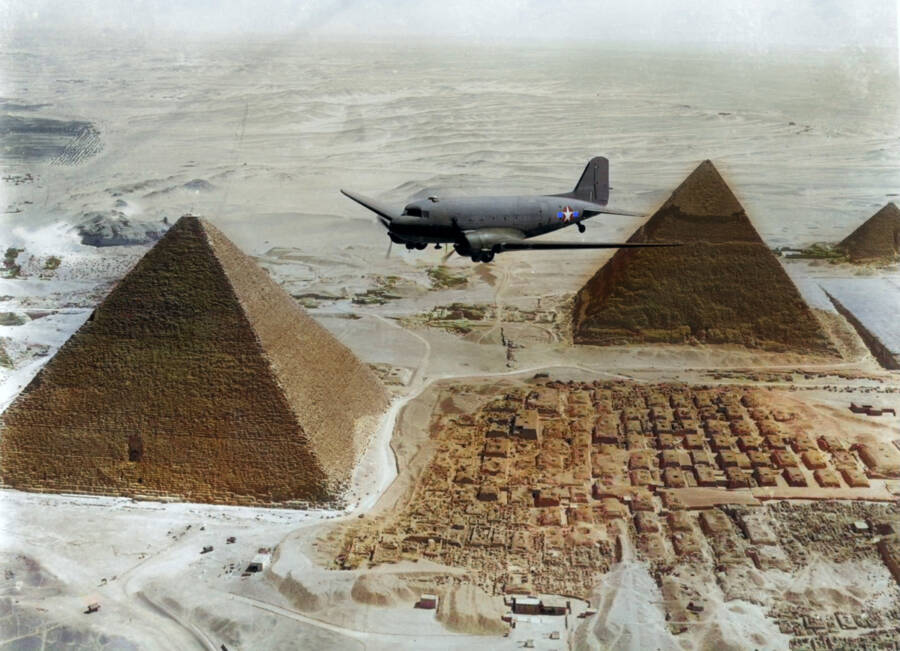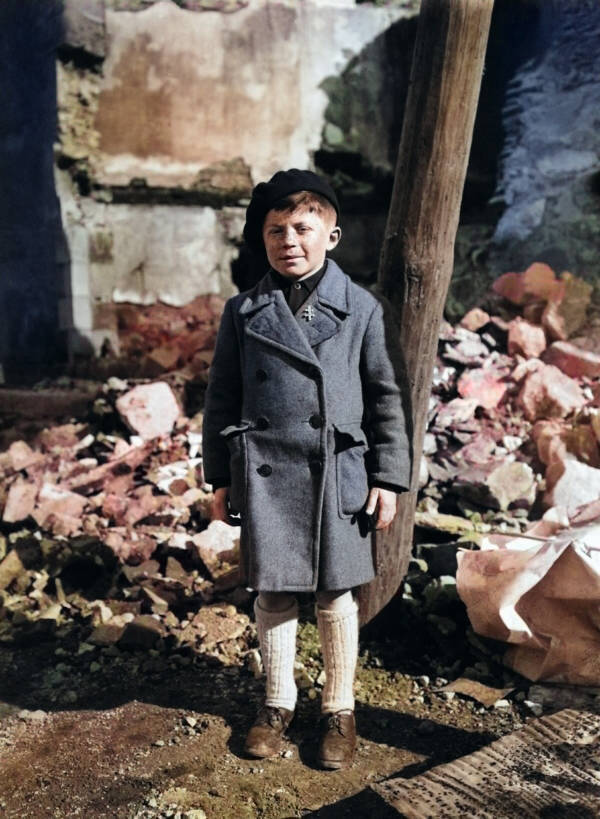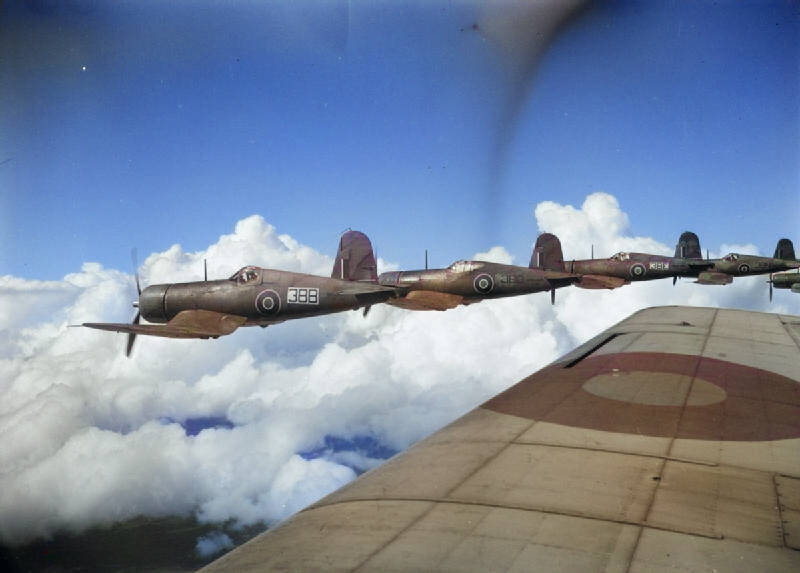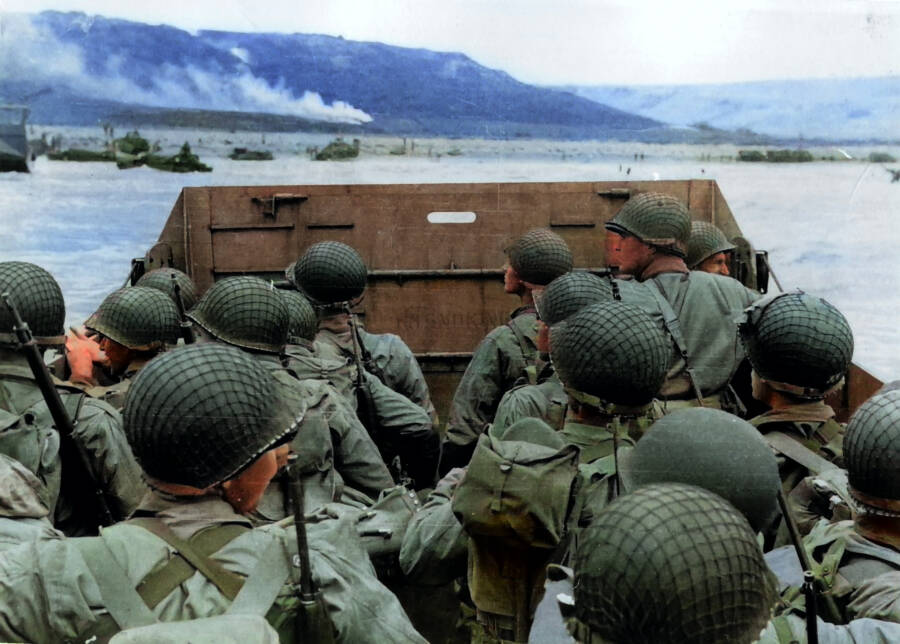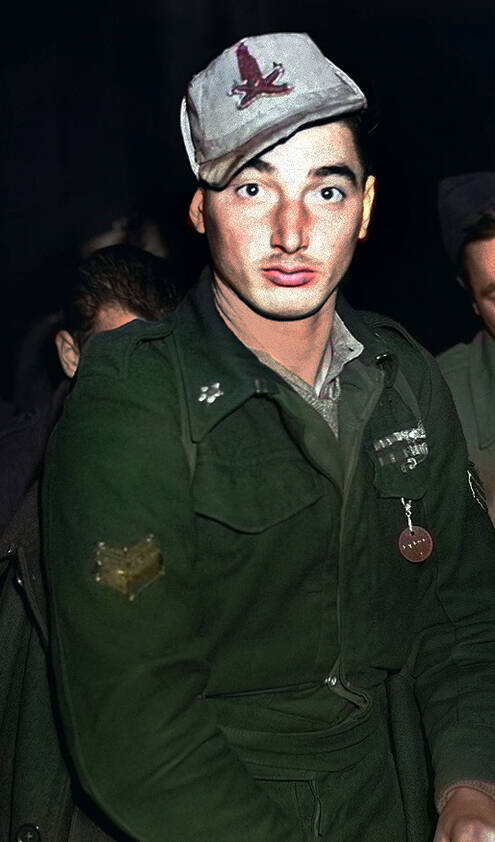From the attack on Pearl Harbor to the heroics of D-Day, these colorized images offer a clear glimpse into history's bloodiest conflict.
World War II was the biggest, deadliest, and arguably the most catastrophic conflict in human history. The repercussions of the war can still be felt today, as the landscape of the world changed, both literally and figuratively. Millions of lives were lost, entire nations were destroyed and created, and even after the dust settled, the resulting status quo soon led to other tumultuous conflicts, like the Cold War.
Part of the reason why the echoes of World War II still linger in modern times is photography.
In the two decades between World War I and World War II, advancements in photography emerged at an astonishing rate, allowing professional and amateur photographers alike to capture World War II in stunning detail — both the horrors and the heroics.
Photos served as a major source of information and propaganda. Images of the atrocities committed by the Nazis, for example, contextualized the horrors of the concentration camps in a way that no written account ever could. And iconic photos like “Raising the Flag on Iwo Jima” represented the hope that the Allies would emerge victorious over the Axis Powers.
Explore the historic conflict in astounding new detail through our photo gallery of 55 colorized World War II images below.
The Causes Of World War II
On November 11, 1918, what was then known as the Great War came to an end. Spurred on heavily by imperialism and European countries' conflicting interests in other parts of the world, what we now know as World War I was, up until that point, one of the biggest conflicts in human history.
With World War I's conclusion, many assumed that it would indeed be remembered as the great war in modern history — a singular, multinational conflict that effectively established a new world order.
But political tensions had been left unresolved after World War I — especially in Europe. This was only made worse by the ensuing Great Depression, which wreaked economic havoc across the world.
Germany in particular was in dire straits after the Treaty of Versailles, during which it was determined that Germany would pay financial reparations for the war, lose territory, and demilitarize. This economic, militaristic, and political upheaval created the perfect breeding ground for a horrific new movement that sought to return Germany to its former glory: Nazism.
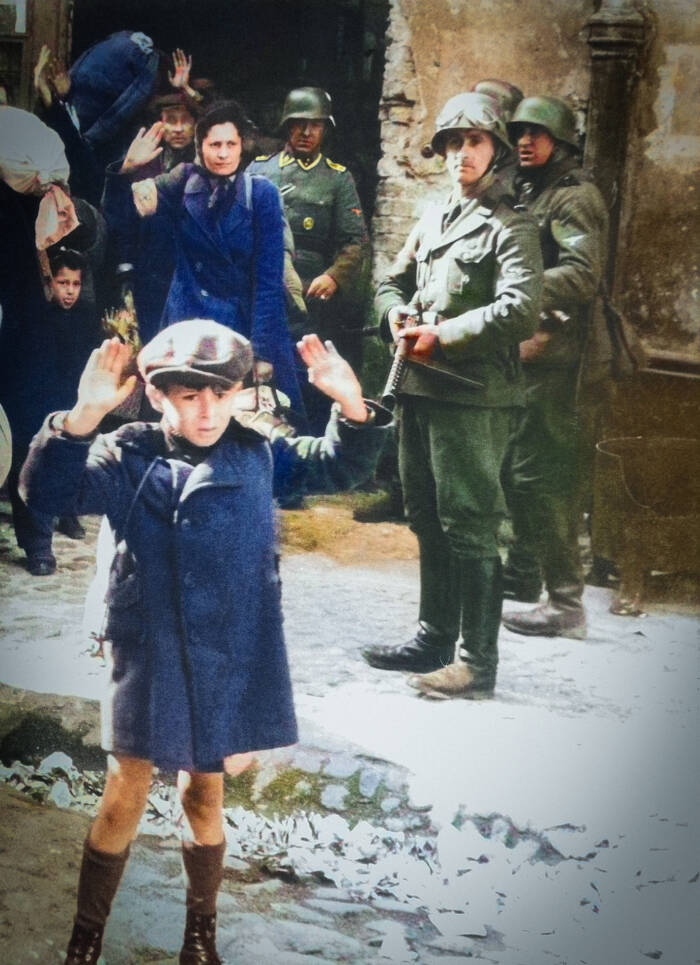
Wikimedia CommonsAn unidentified Jewish boy surrenders to a Nazi soldier during the Warsaw Ghetto Uprising of 1943.
The rise of Adolf Hitler and the Nazi Party has been well chronicled by historians — and it was a significant factor that led to World War II.
Hitler was cruel and ambitious. But many nations, especially Britain, adopted a policy of appeasement toward Germany. In the hopes of avoiding another war, they allowed Hitler to slowly amass power and expand German territory.
That is, until 1939, when Nazi Germany invaded Poland. Then, it became clear that Hitler's ambitions would not stop there — and his "Final Solution" that promoted the genocide of millions of European Jews showed just how far he was willing to go to create the Europe that he wanted.
World War II: The Major Players
Throughout the six years of World War II, the world was largely divided into two groups: the Axis Powers and the Allied Powers.
The Axis Powers were comprised of three principal players: Germany, Italy, and Japan. Germany and Italy sought control over Europe, while Japan sought to dominate much of Asia, as evidenced by their occupation of Manchuria in 1931 and subsequent invasion of China in 1937.
The Axis Powers would later be joined by a number of other countries, including Hungary, Romania, Bulgaria, Slovakia, and Croatia.
The Allies, meanwhile, began with Britain and France, after they declared war on Germany following the Nazi invasion of Poland. They would later be joined by the Soviet Union. The United States would also join the Allies, but not until after the Japanese attack on Pearl Harbor on December 7, 1941. A number of other countries around the world also fought for the Allies, including Canada, Mexico, Australia, New Zealand, and South Africa.
Though there were many military campaigns, World War II was primarily divided into two major theatres: the European Theatre and the Pacific Theatre. The former encompassed the entire continent of Europe and also stretched into the Middle East and North Africa, while the latter was fought in eastern Asia, southeastern Asia, and the islands of Oceania.
The war, as we know now, came to an end in 1945 after several decisive Allied victories in Europe and America's atomic bombings of the Japanese cities of Hiroshima and Nagasaki that same year.
The Role Of Photography In World War II
All of these events — the horrors, victories, defeats, and celebrations — were, of course, also captured in striking detail. More than any other war that preceded it, the impact of World War II was made visible for all to see.
In fact, as art historian Dr. Caterina Bellinetti writes for Art & Object, World War II effectively gave rise to the modern war photographer.
Photographers such as Robert Capa, George Silk, Margaret Bourke-White, William Eugene Smith, Charles Kerlee, Lee Miller, and Joe Rosenthal thoroughly documented the war as it unfolded, sometimes risking their lives while taking their photographs. Though, of course, some of the most iconic photographs from World War II were not of the battles at all.
Take Rosenthal's "Raising the Flag on Iwo Jima," which is perhaps the most well-known photograph from the war. It captures the moment a group of American soldiers, as the title would suggest, raised a flag on Iwo Jima's Mount Suribachi as U.S. forces captured the Japanese island.
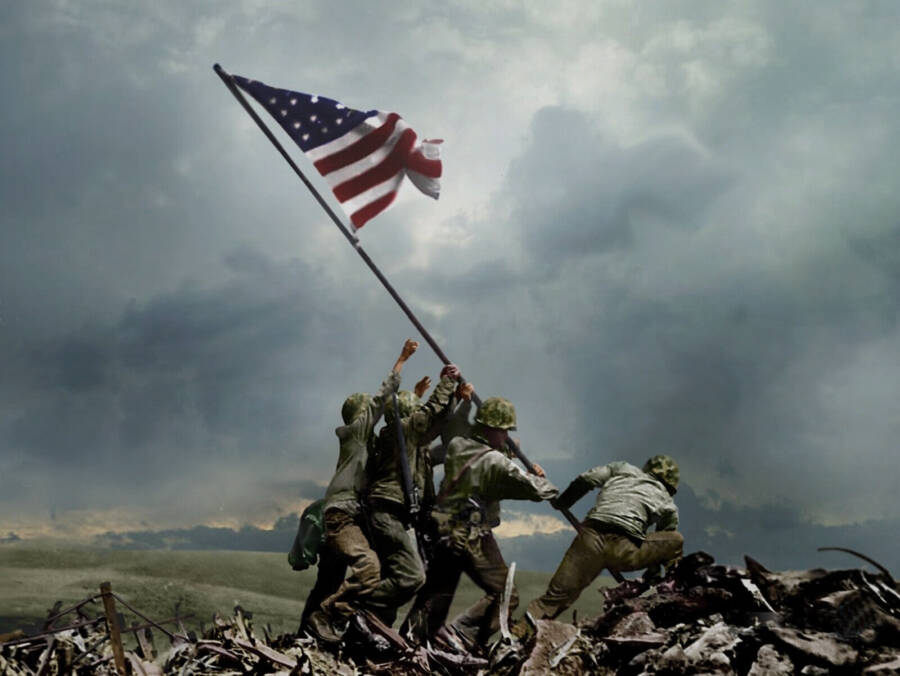
Wikimedia CommonsJoe Rosenthal's Pulitzer Prize-winning photo "Raising the Flag on Iwo Jima."
But while photos like Rosenthal's inspired hope for many Allied countries, there were also numerous images that allowed the world to see the true devastation caused by the war — including the horrific aftermath of the atomic bombs, and the hellish conditions of Nazi concentration camps.
Shortly after the Allies liberated the Nazi concentration camps, photographer Margaret Bourke-White captured a series of photographs that would later be published in Life magazine alongside this poignant caption: "Dead men will have indeed died in vain if live men refuse to look at them."
As difficult as some of those images may have been to view — and there has been some ethical debate surrounding war photography in general — they also serve an important role in highlighting the human toll of the conflict. Even today, photography from World War II can serve as a conduit to the past, allowing us to connect with people from decades ago.
After viewing these colorized World War II photos, see our collection of colorized photos that show Victorian London as it really was. Or, check out these colorized Old West photos that bring the American Frontier to life.

